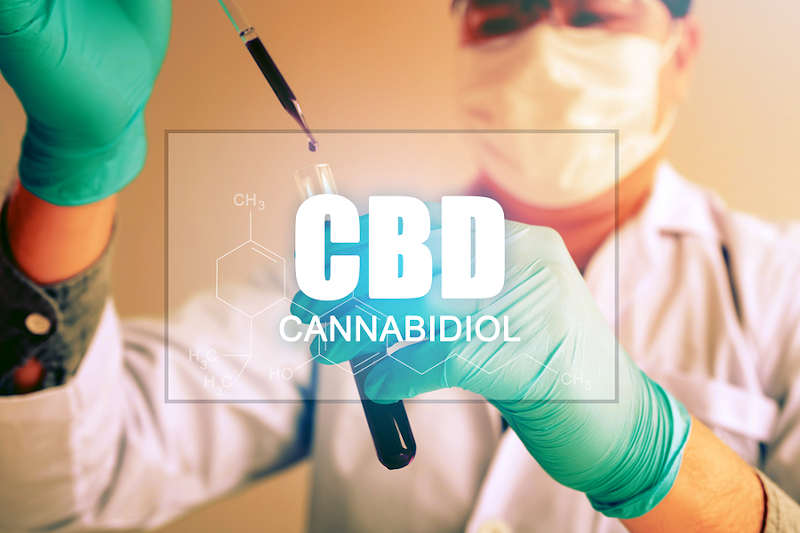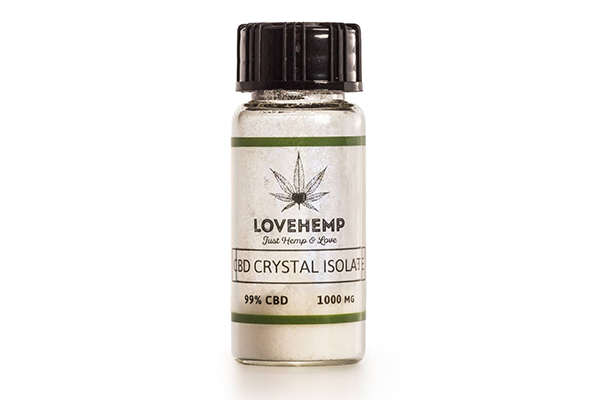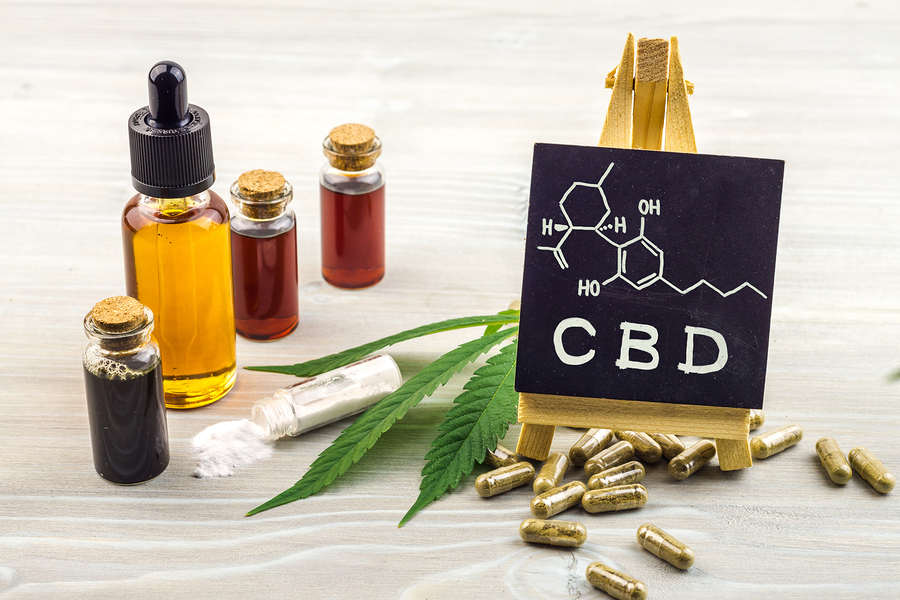Once the hemp plants have ripened, they are ready for harvesting and processing.
The terpenes, i.e. the aromatic compounds, are then extracted from the flowers using their own steam distillation process.
This is followed by CO₂ extraction from CBD. This process results in purified oils that specifically represent a complex set of cannabinoids and the entire spectrum of the terpenes present in the plants. The CO₂ extraction used in the oil to ensures that the entire extraction process is controlled.
With unique temperature and pressure settings, it is possible to isolate exactly the substances we are looking for.
Removing by-products
The extraction processes form a raw CBD paste, which is then cleaned and enriched with additional terpenes and the respective carrier oil. The end result is a concentrate of high purity and quality.
The oil goes through a very gentle filtration process, which makes it possible to offer the oil in a clear, gold-colored extract that is free of by-products such as waxes, fats and chlorophyll.
Such by-products can often be found in cheap CBD oil.
They make the oil dark, viscous and give it a strong, unpleasant taste. At the same time, the extraction process allows obtaining a higher concentration of CBD and aromatic terpenes.
This makes the CBD oil a balanced blend that preserves the therapeutic properties of the cannabis plant.
Removing THC from CBD oil
THC extraction process: The method been used to remove THC from CBD oils is called THC HPLC-UV.
It ensures that no THC can be detected in the intermediate product using the HLPC-UV analysis method (detection limit 10 ppm). This process removes 100% of the THC when it is running properly.
But fluctuations in the matrix of extract and process parameters can temporarily lead to some last traces of THC not being removed.
For this reason, It cannot guarantee the complete absence of THC.



